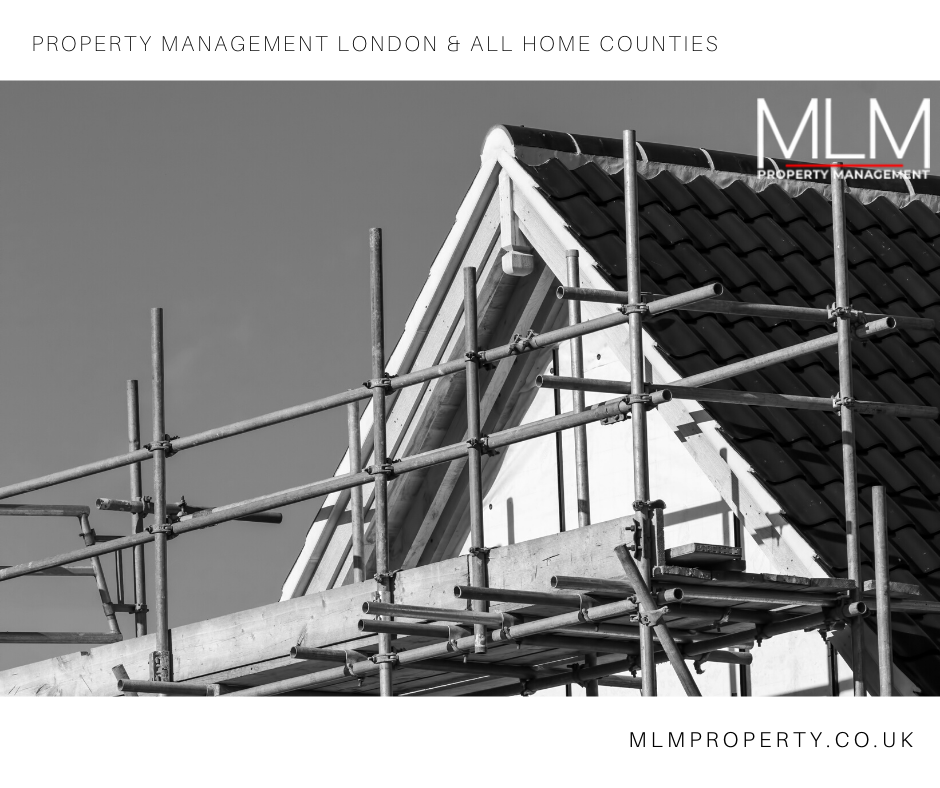
Keeping your communication going with owners is an essential part of property management. You will constantly need to know how they're doing with the properties, vacancies, rent rates, emergencies, compliance, turnover, you name it. But how can you get that information without being bothered by constant messaging or calls? How do you ensure you won't spend too much time responding to mundane requests and questions? You need to be prepared with a plan to relay it to the owners. The following tips will give you a hand in this:
Organise Property Management Communications
Before you do anything else, you should take stock of the types of information you are communicating with owners. This means quarterly earnings, vacancy rates, maintenance requests, tenant surveys, etc. You should review everything you wrote down and parse that into different categories. Consider which bits of information are more critical and which ones may wait. Which needs to have more time set aside, and which ones can be solved quickly? Determine the best way to get that information across to your property owners. Examples can be seen with general housekeeping and any upcoming events wrapped up in a monthly newsletter. At the same time, the annual and quarterly meetings are more effective for reviewing vacancies, turnover rates, earnings and other financial details. Most urgent matters should be handled by phone call.
Understand How and When Owners Want to Communicate
When you're on board with a new client, you may have already had the best methods of communication set up beforehand. Your email templates are good to go, quarterly meetings are planned, text alerts are ready if needed, et cetera. None of that will mean anything if the owner isn't in the habit of checking for any of that, or prefers to avoid text messaging, so all your best plans will be useless in such cases.
Naturally, there is no way you can fine-tune your communications to the needs of every person, but you can make small accommodations to the owners' needs. For example, you can give them the option to opt out of newsletters that don't convey the essential information. You can hold semi-annual meetings for people who can't make it there every three months, et cetera. You should remember that while you have a property management communications plan, things may change, so you may need to make changes to said plan.
Setting Expectations and Boundaries
Setting your expectations and boundaries is essential to keeping your communications focused and free of redundancies.
In starting a meeting with the new owners, you should go over communications policies in greater detail. Let them know how and when you will communicate with them so they can expect emails, calls and meetings alongside text messages from you.
Set up a schedule for face-to-face meetings and give the owners access to your video conferencing software. They should also have your phone number and email address so that you won't end up in their blocked call list or spam folder.
Let them know how and when you plan on getting in touch. Give them the names of employees who would handle specific billing, maintenance, and more questions. Whatever communication channels you choose and agree upon with your property owners, you should ensure it's all in writing and the owners have a copy. If you use a portal, upload the communications guidelines and agreements there so they can access them at all times.
Make sure you and your team are consistent with communications. Moving away from an agreed-upon plan will cause confusion and lack of efficiency, making things more complicated.

 Log in with Facebook
Log in with Facebook 









